Strategic Risk Management Report: Analysis of LEGO Group's Risks
VerifiedAdded on 2022/11/18
|5
|708
|82
Report
AI Summary
This report focuses on Enterprise Risk Management (ERM), exploring its definition as the explicit management of strategic risks, alongside hazard, commercial, and operational risks. The report delves into key concepts like Monte Carlo Simulations for assessing economic performance volatility, and Systematic Risk and Opportunity Planning (AROP) for organizing business procedures. It highlights the importance of preparing for uncertainty in long-term strategic planning. Examples of strategic risks, such as marketing and competitive risks, are provided, alongside a discussion of strategic risk measurement using Economic Capital and Risk-Adjusted Return on Capital (RAROC). The report outlines a five-step process for managing strategic risk, including defining business strategies, establishing key performance indicators, identifying performance variability risks, establishing key risk indicators, and providing integrated reporting. Finally, an example of implemented strategic risk management is presented, illustrating the application of these concepts in a retail bank setting. The report concludes with references to relevant literature.
1 out of 5
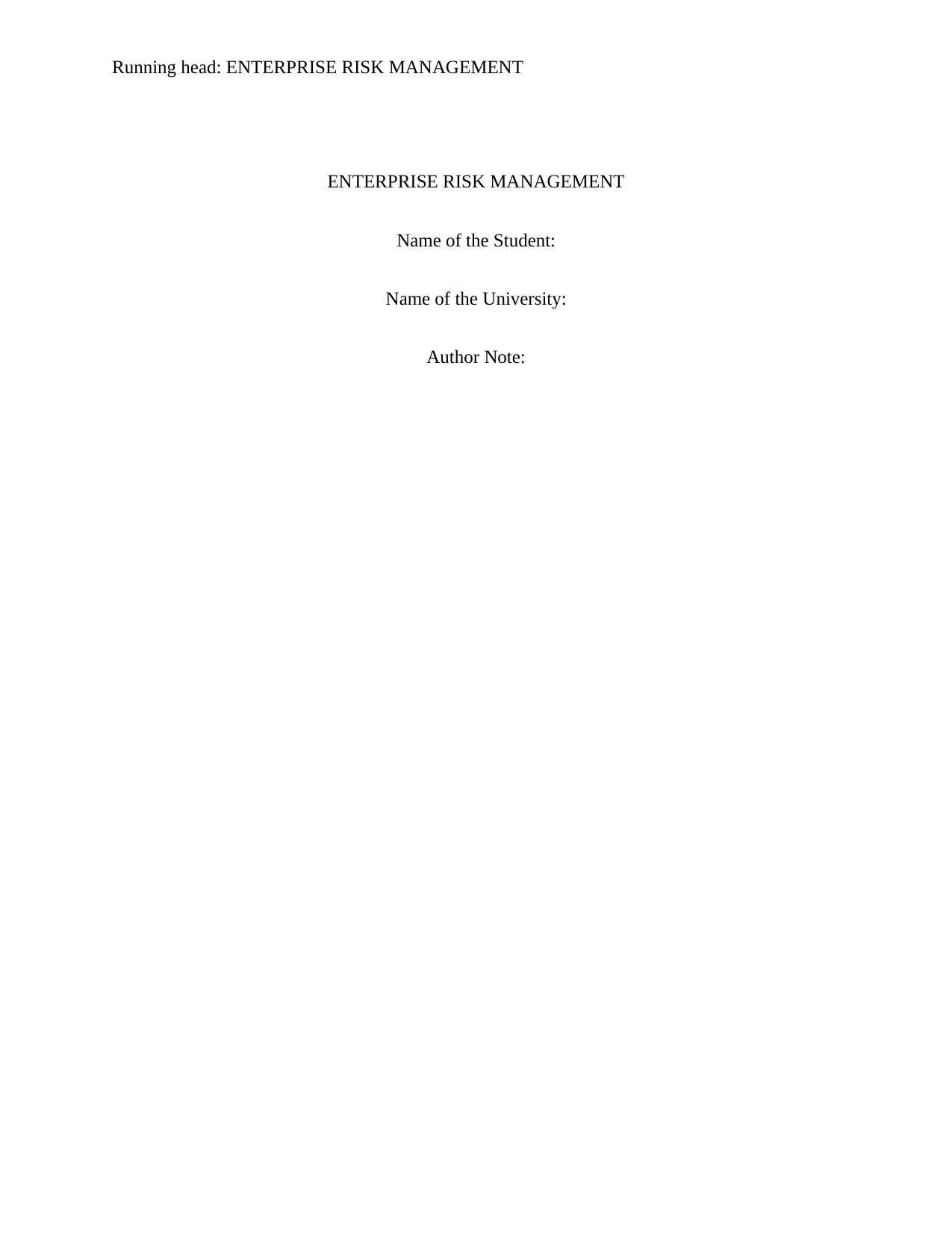
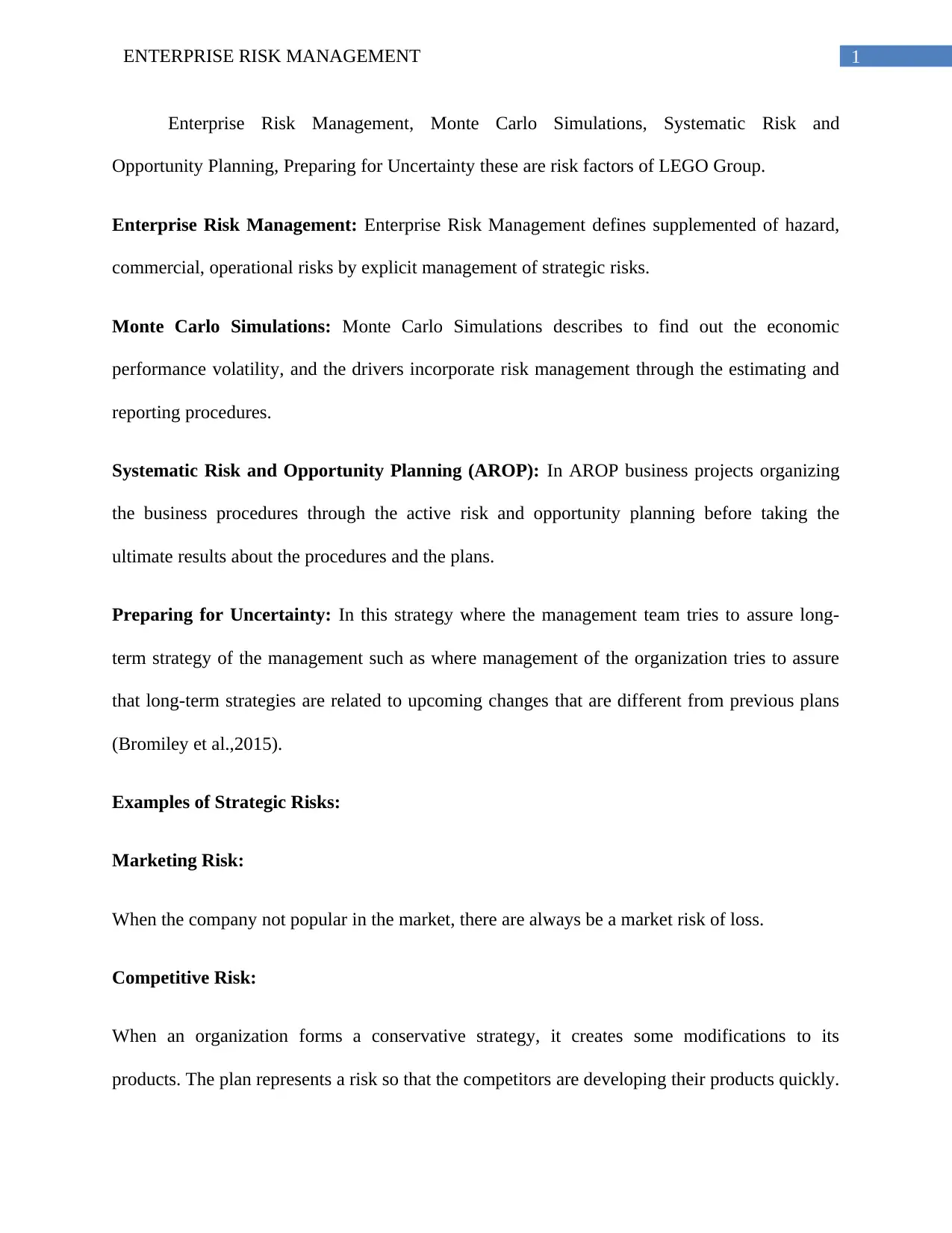
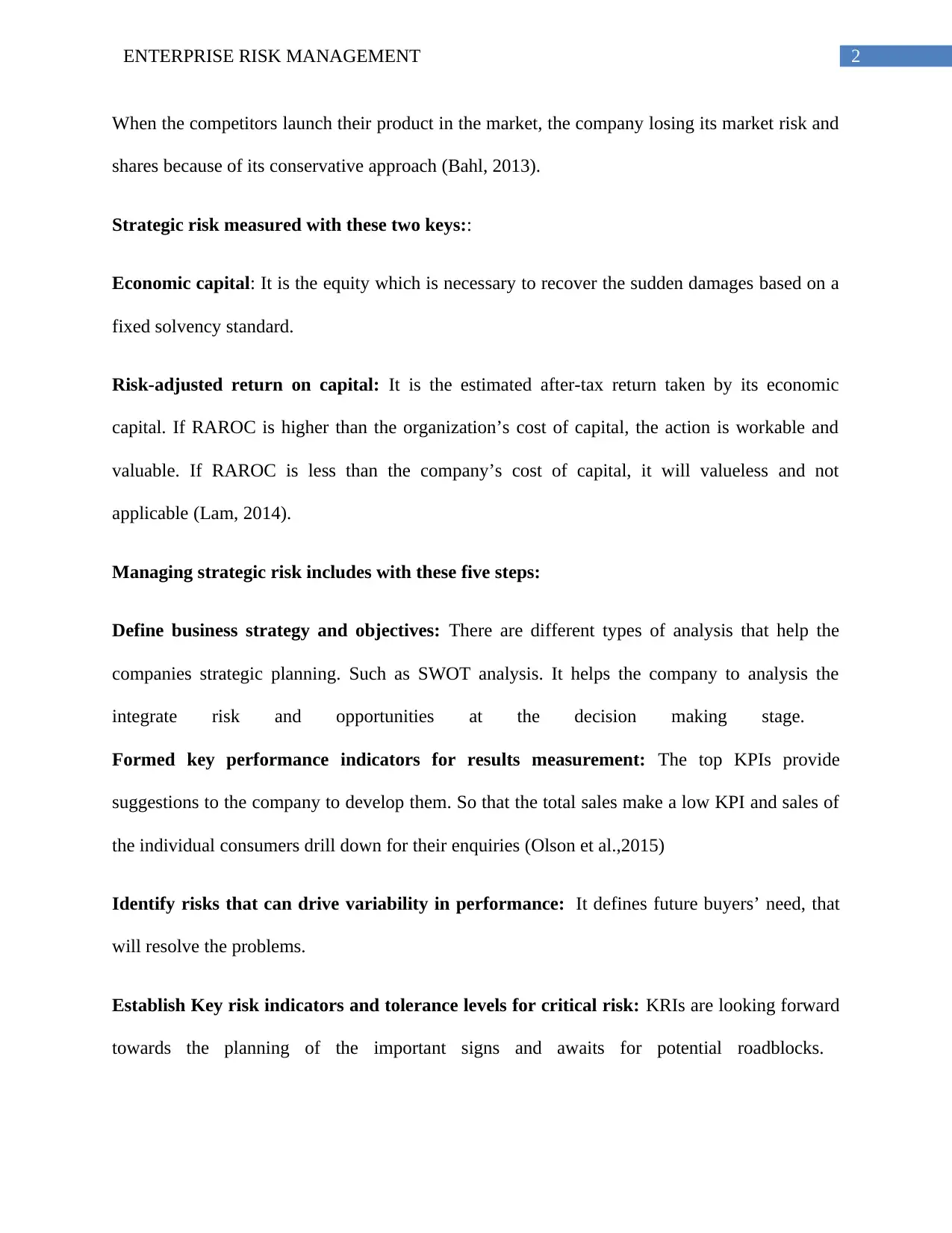

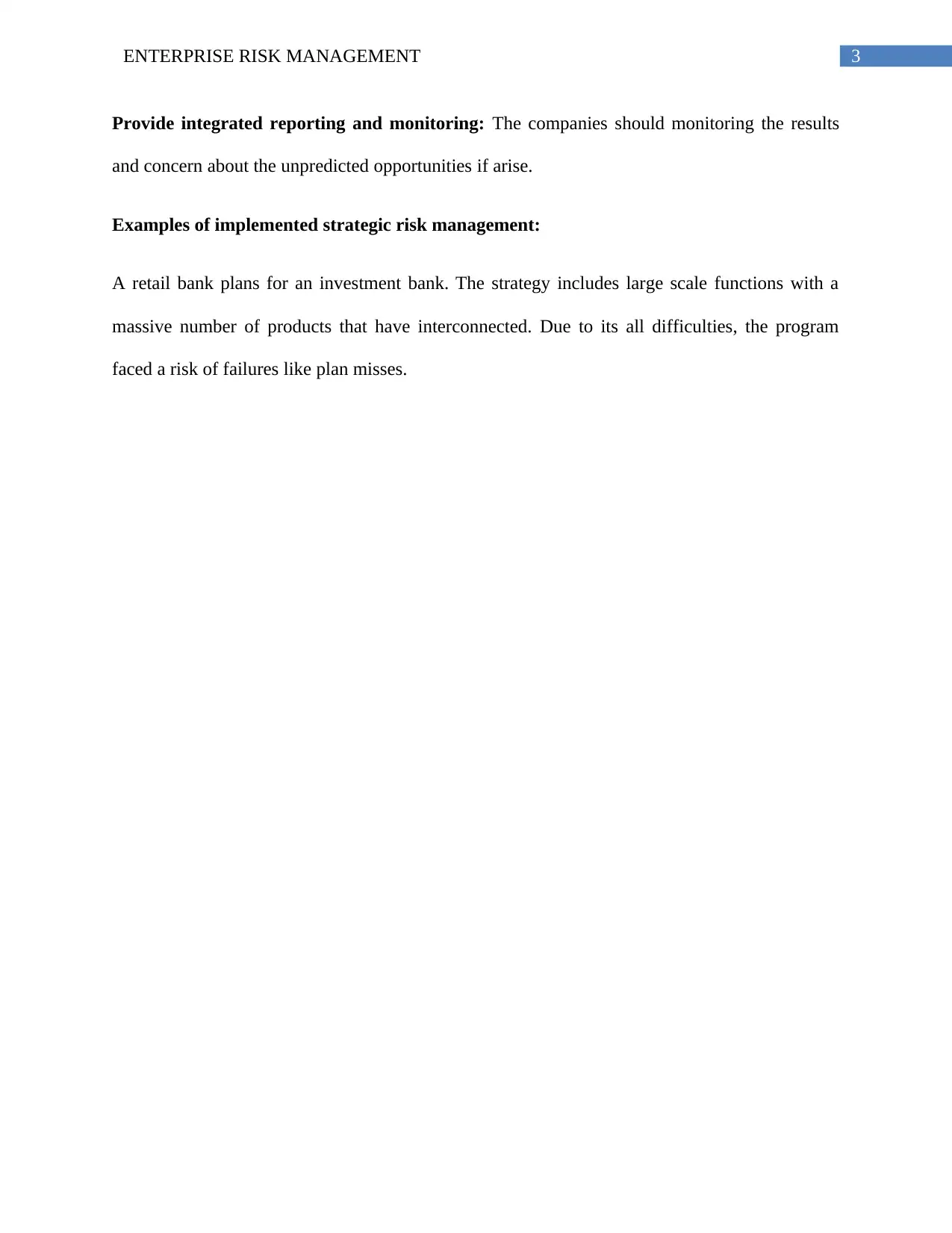
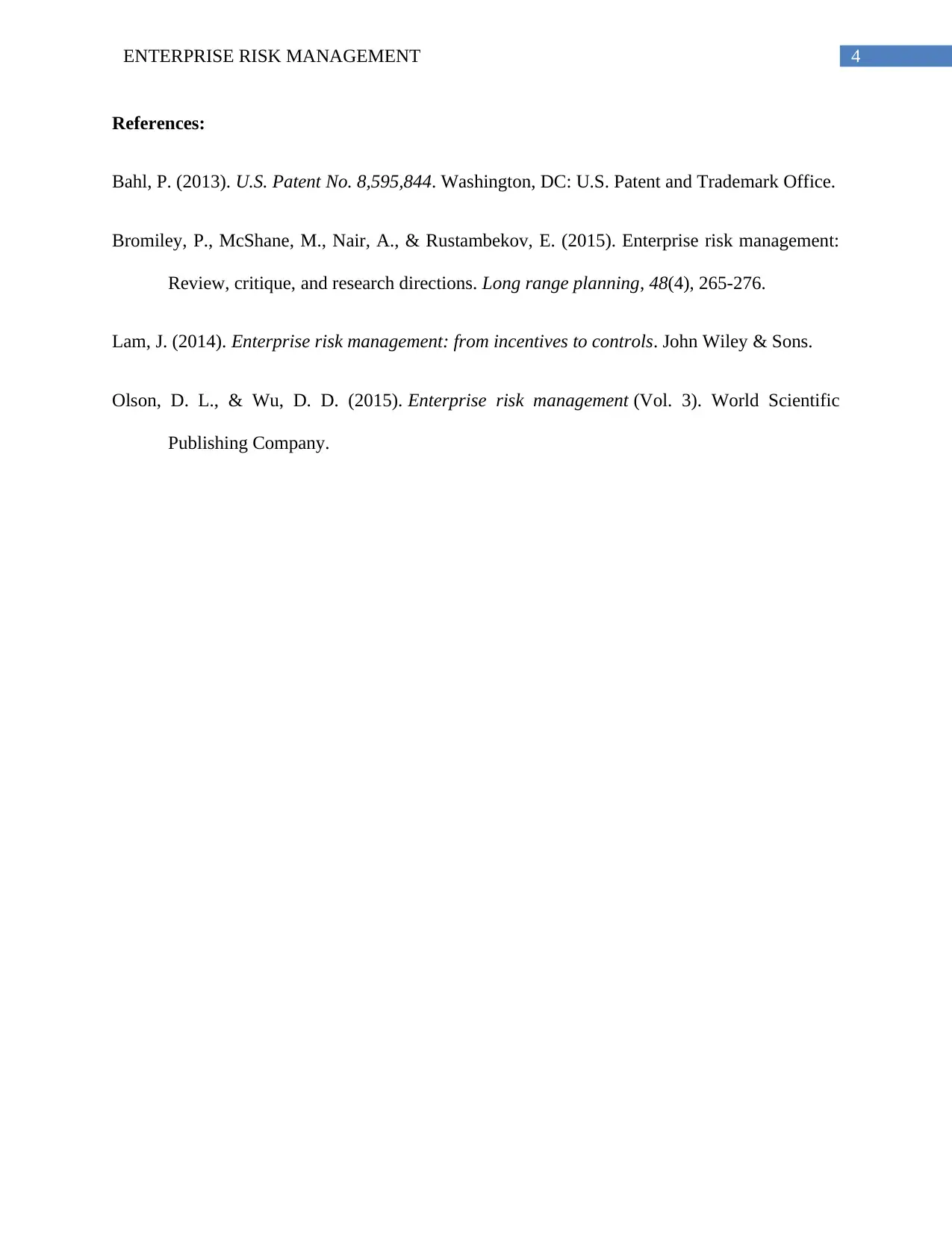






![[object Object]](/_next/static/media/star-bottom.7253800d.svg)